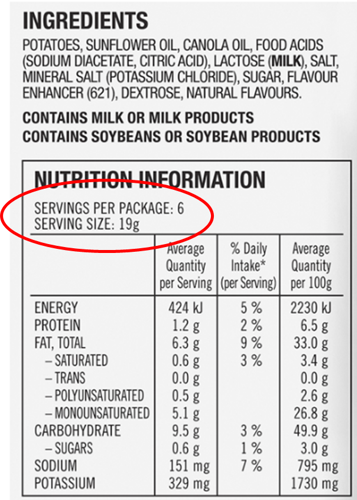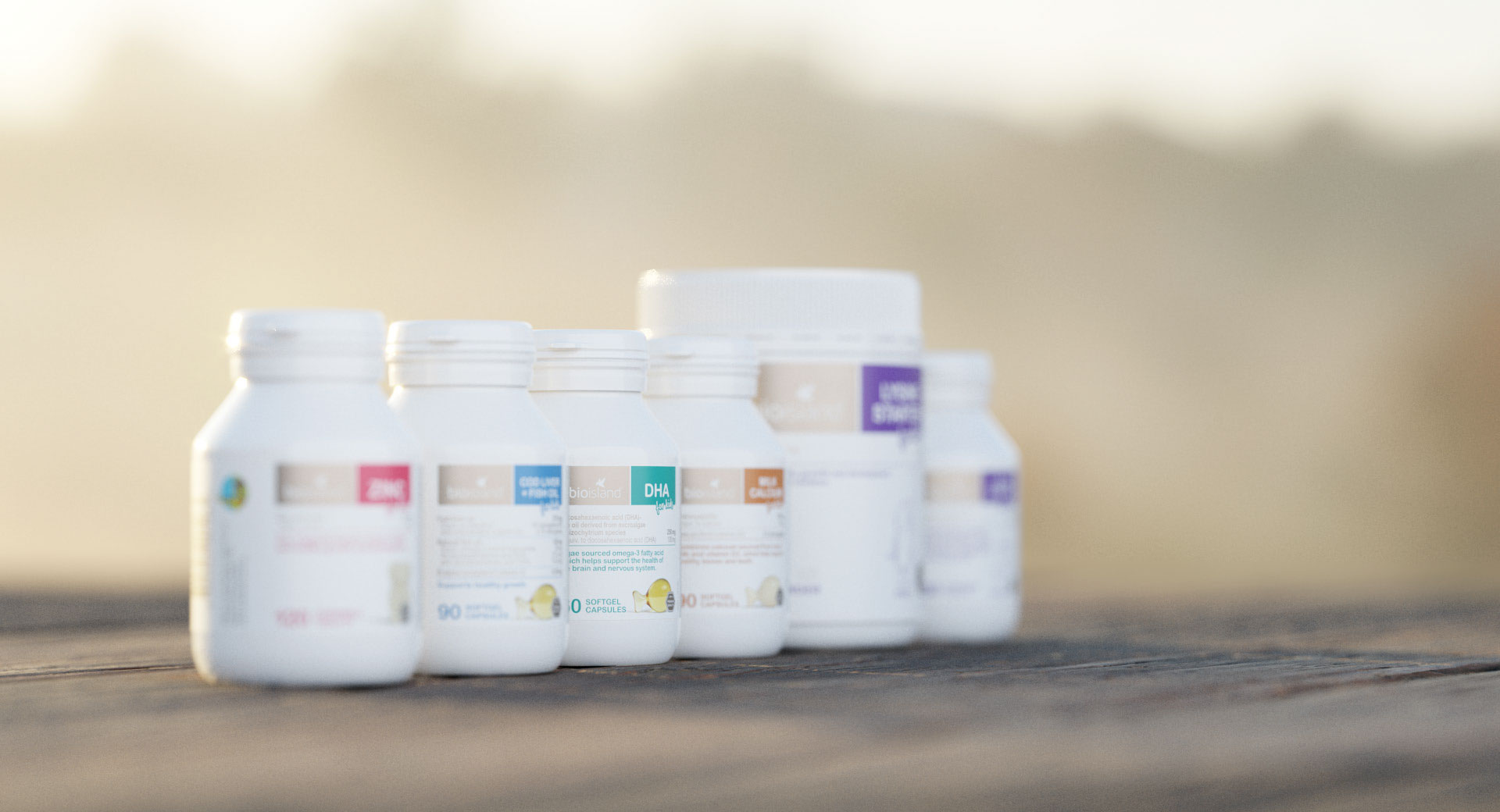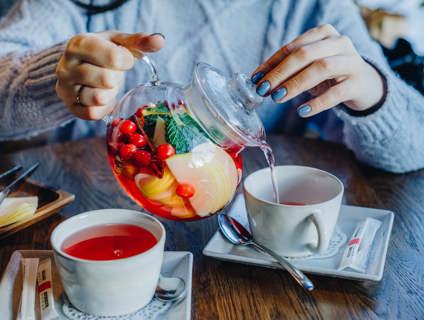
Rethinking portions for you and your children
Do you really know what a portion of meat is or what a serving of fruit looks like?
By Bio Island Nutrition Team
Do you really know what a portion of meat is or what a serving of fruit looks like?
You may think that this is a pretty easy or even obvious question but many Australians don’t actually know what a serving or portion size of different foods are. This knowledge is helpful to know when you’re trying to prepare a nutritious, well balanced meals to maintain optimal health for you and your family.
So, what is a serve and what makes something a portion?
When you see serving size, it means it is a measured amount of food or drink and this doesn’t change. A portion is the amount of food that you choose to eat and this will change depending on how hungry you are.
Food may come as a single portion but it may actually contain multiple servings if you look on the label.
All packaged foods have a Nutrition Information label on the back. This label tells you not only the ingredients in the product it also tells you how many serves per product. This is the simplest and easiest way to know what is in the product your choosing and it will also show you the size of one serve. A great example of this is a bag of chips, they may have come in one big bag but they can be up to 6 servings inside.

Portion sizes have increased over the past few decades. We see a bigger portion as better value for money and many may have grown up with parents saying, “You must eat all your food before you leave the table”. This has inevitably caused us to think what is placed in front of use is a normal portion but it has actually given us a distorted idea which has lead us to consume more calories. It is important to rethink our portion sizes and get educated on what a healthy servings looks like especially for weight control. Getting your portion sizes right can make a real difference when trying to manage your weight and fuelling up with the best possible food.
The Australian Dietary Guidelines details what is recommended for different life stages of serves for the Five Food Groups as well as discretionary foods. Find out what a serving size looks like here.
For more information on the recommended number of serves each day for adults you can find it here and for children, adolescents and toddlers take a look here.
Once you’re familiar with what a serving size is you will be better at determining what portions to choose even if it doesn’t come in a packet with a label.
This information does not take into account your personal situation and is general in nature. You should consider whether the information is appropriate for your needs and seek professional medical advice.
Always consult your healthcare professional before taking any supplements or if any concerns arise.




